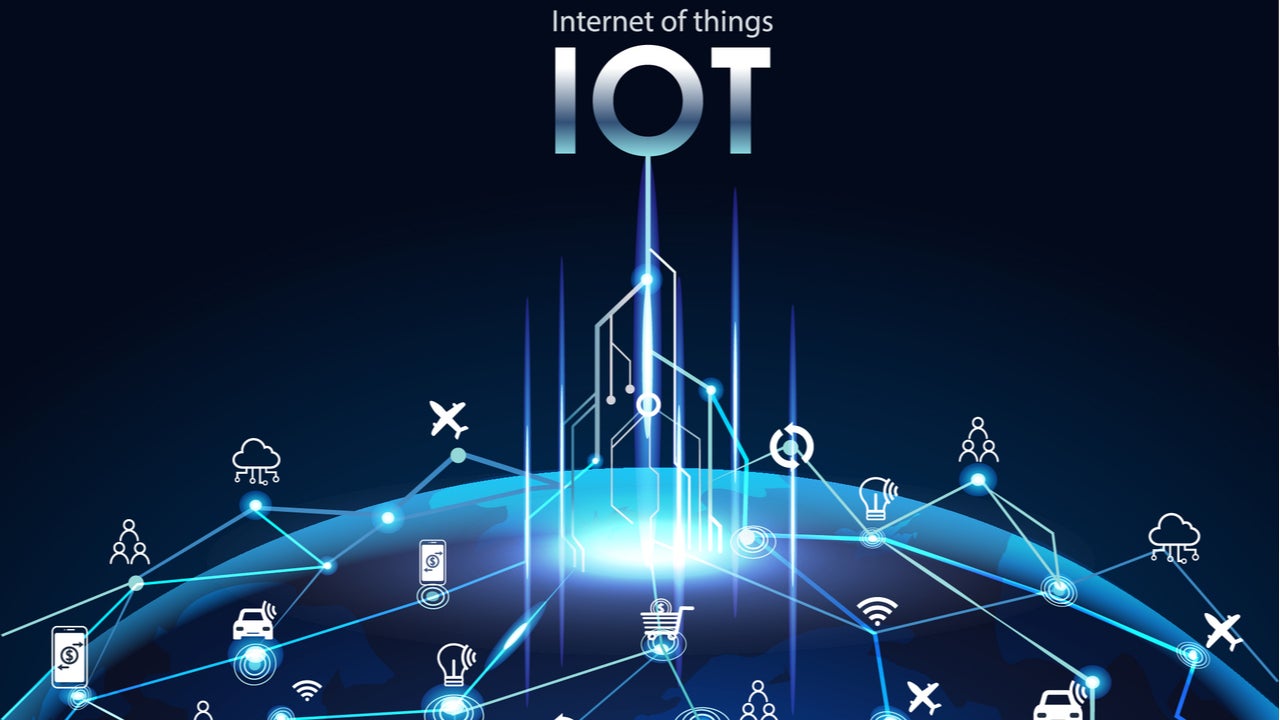
While some operators note that Covid-19 has put a damper on new or expanded IoT project plans, others claim that capabilities developed to help detect and fight the virus have generated significant revenues and kick-started deals. Can both be true?
IoT services budgets (and analyst market forecasts) have been tamped down in 2020 due to the premise that operators and other suppliers may have difficulty this year selling IoT deals to new customers or expanding existing projects. IoT deals are often complex, and economic realities due to the Covid-19 pandemic may make it difficult for businesses to justify the expense, making the job of selling these solutions harder as well.
Certainly in some segments especially hard hit by the pandemic such as retail, sports stadiums, hospitality, transportation, ports, airports, and energy, it may be difficult for companies to imagine trialing and paying for a new potentially complex technology solution. IoT deployments may require hardware, software, connectivity services, edge computing, security solutions, and use of management platforms, often bought from multiple members of a fragmented supplier ecosystem.
IoT needs to be part of a tactical approach
It was hard enough to justify all of these investments before the pandemic. Yet the hype surrounding 5G and its ability to support massive numbers of IoT connections, ultra low latency and high bandwidth has made it seem that 2021 will be a banner year for IoT. However, it seems more likely that 2021 will be focused on tactical solutions, rather than wholesale IoT-led transformation. In addition, the benefits of 5G and edge computing may not be reaped for several more years.
Aside from 5G considerations, it appears that some technology suppliers are actually seeing or anticipating revenue gains today and into 2021 as they flesh out and launch solutions that help deal with adherence to Covid-19 detection and prevention procedures. These include thermal temperature scanners, touchless payment systems, in-building and outside crowd management tools that use cameras to make sure people are wearing masks and are 6 feet apart, and, of course, a host of solutions for working at home and learning at home that are not necessarily IoT-related, although home security and energy management systems may be getting a boost.
What is interesting to determine is which of these technologies will remain relevant in a post-Covid world. If there are two vaccines that are available in mid-to-late 2021, will any of these solutions still be important?
How well do you really know your competitors?
Access the most comprehensive Company Profiles on the market, powered by GlobalData. Save hours of research. Gain competitive edge.

Thank you!
Your download email will arrive shortly
Not ready to buy yet? Download a free sample
We are confident about the unique quality of our Company Profiles. However, we want you to make the most beneficial decision for your business, so we offer a free sample that you can download by submitting the below form
By GlobalDataCovid specific solutions may linger
Clearly, some IoT solutions launched in relation to Covid-19 will remain important and others will likely go away by the end of next year. For example, Vodafone’s 2020 IoT Spotlight report highlighted the impact of IoT on businesses during the Covid-19 pandemic, noting that 77% of adopters are actually accelerating their projects as a result. Vodafone also launched a number of Covid-19 related IoT services this year. In Vodafone Italy it offers a suite of solutions for businesses which include a thermal scanner, distancing wearables and personal protective equipment (PPE) monitoring, as well as workspace booking technologies.
In 2020, a number of IoT suppliers also looked to help businesses require fewer staff people to go into their workplace, including factories and other essential businesses. For example, AT&T noted that the pandemic has brought the value of automated robotics sharply into focus. It announced two examples of how its IoT cellular connectivity is playing a role. It is working with XENEX to connect their LightStrike Germ-Zapping Robots that use intense UV light to deactivate pathogens and help hospitals fight infections and save lives; and with Brain Corp, it is helping to enable robotics for cleaning, inventory delivery, and shelf-analytics for retailers and other essential businesses
Of these solutions, wider use of wearables for monitoring workplace and in-building safety, which are a kind of generic extension of the Covid-19 services noted above, will likely remain. We also expect many people will remain working at home; thus consumer IoT solutions for security and energy monitoring and management may remain and grow.
In addition, use of cameras put in place to detect adherence to Covid-19 occupancy and distancing, may remain in place to monitor other issues regarding people and assets, from worker safety, to proper machine operation procedures, to physical building security, to outside traffic congestion management. Retail will benefit in the long-term from touchless payment solutions, which were already begun prior to Covid-19 but have become extremely important today and will remain a valid anti-germ prevention and ease-of-use solution for retail, hospitality, and restaurant customers. The use of robotics to enable fewer workers to come into businesses will remain very important in the future to efficiently perform operations in factories.
The ability to use robotics to continue cleaning hospital facilities, restaurants, food stores, and other locations where germs are an issue also will have long-term benefits in a post-Covid world.



